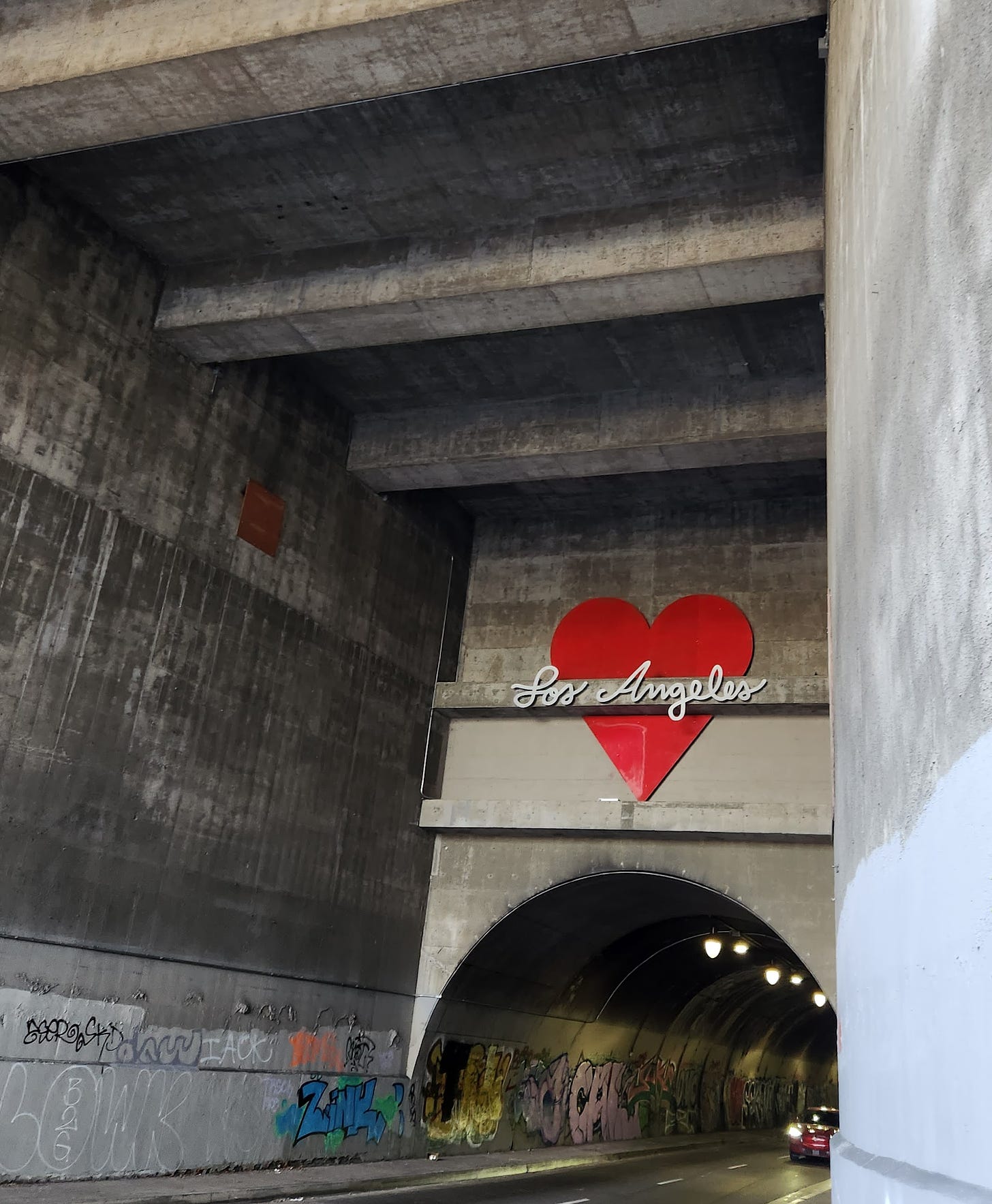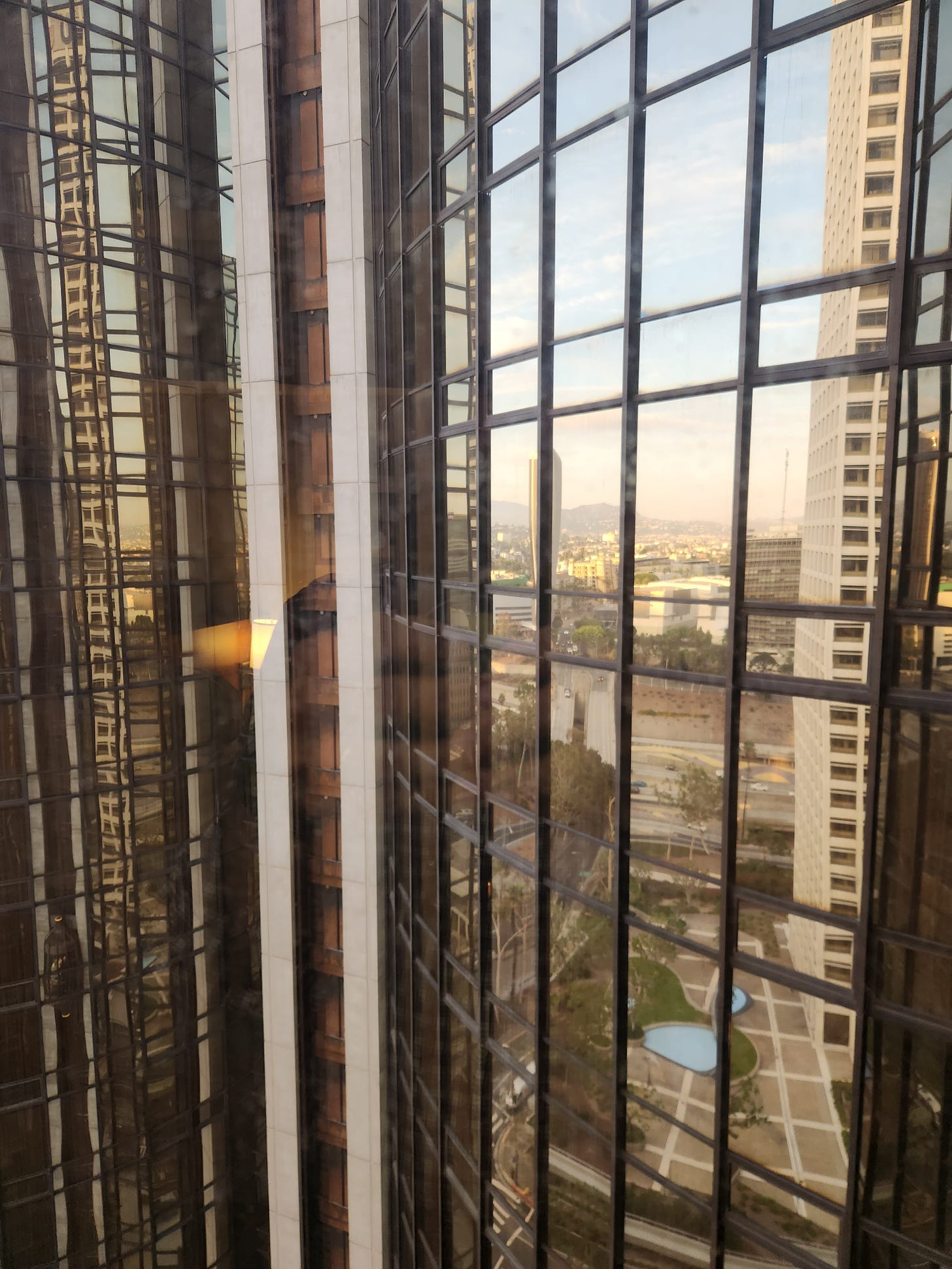Typically, my favorite newsletters to write are The Field Trip posts, mainly because I get to go to new places and report on them. Last week, I traveled to an academic conference in Los Angeles. Travel can be a prime opportunity to be immersed in a new place. But depending on how you do it, travel can also generate a feeling of being out of place, even placeless. Read on!
Conference Hotels
I spent several days last week at the annual Western History Association meeting, held this year in Los Angeles. I have not counted how many academic conferences I have attended over the years, but a rough guess of 50 does not seem out of line. In my memory, they blend together in a series of nice, but mostly nondescript, hotels with meeting rooms of nearly identical nature—the same uncomfortable chairs and fluorescent lighting and frigid air-conditioning—holding roughly identical panel discussions. It is déjà vu all over again.
Maybe I should have become a better observer over the years at these convergences of historians and urban places. If so, this latest hotel, the Westin Bonaventure, might have stood out in a lasting way. More than 50 movies and television shows have been filmed there. Its architecture has inspired cultural commentary and commentary on the commentary. It is visually interesting, a building of several interconnected towers. Inside, winding staircases snake you up from the lobby to the meetings rooms in decidedly non-intuitive ways. But the meeting rooms could be anywhere. Placeless—an irony for a meeting of historians whose shared focus is a place.
Airports’ Generic Space
Besides the anonymous—or is it synonymous?—hotel lobbies and meeting rooms I spent time in drinking the same coffee and eating the same pastries as I did at some earlier conference, I also wandered airport terminals because my itinerary left me with long layovers. The writer Pico Iyer once described airports as “an anthology of generic spaces.”1 That description fits: the same Hudson News shops with the same books and snacks and pillows; the same brewpubs and fast-food joints with the same overpriced bland meals and drinks; the same sterile floor tiles and pillars and lines of uncomfortable chairs linked to unreliable charging stations.
In his essay on “The Airport,” Iyer probed Los Angeles International Airport as a community, examining the peculiar and interesting people and practices there. Much of it seems foreign now, for it was published before September 11 closed down the terminals and installed stricter boundaries. No more tearful goodbyes at gates; they happen elsewhere. But the mix of people and their hopes and their placelessness that Iyer observed continues. Although Iyer loves to travel and enjoys airports as sites to consider, even he expressed a confused state of being unmoored:
And so, half-inadvertently, not knowing whether I was facing east or west, not knowing whether it was night or day, I slipped into that peculiar state of mind–or no-mind–that belongs to the no-time, no-place of the airport, that out-of-body state in which one’s not quite there, but certainly not elsewhere. My words didn’t quite connect, and the world came to me through panes of soundproof glass. I felt myself in a state of suspended animation, five miles above the sea–sleepy, light-headed, unsure of how much pressure to put on things. I had entered the stateless state of jet lag.”2
Stateless state. Mind/no-mind. Soundproof. The images that arise here resemble my own experiences at these hotels and airports—a sense of disconnection amid infrastructures of putative connection.
Some Distinctions
I am tempted to end my missive here, pointedly punctuating a field trip to nowhere with confusion.
One of things that drives me, and has since I started down the road to become an environmental historian and writer focusing on the American West, is the ways places emerge, distinct. Place is most interesting to me where it distinguishes itself—the unique collection of species, the recognizable horizon, the unmistakable fields. “Generic spaces” don’t pull as hard.
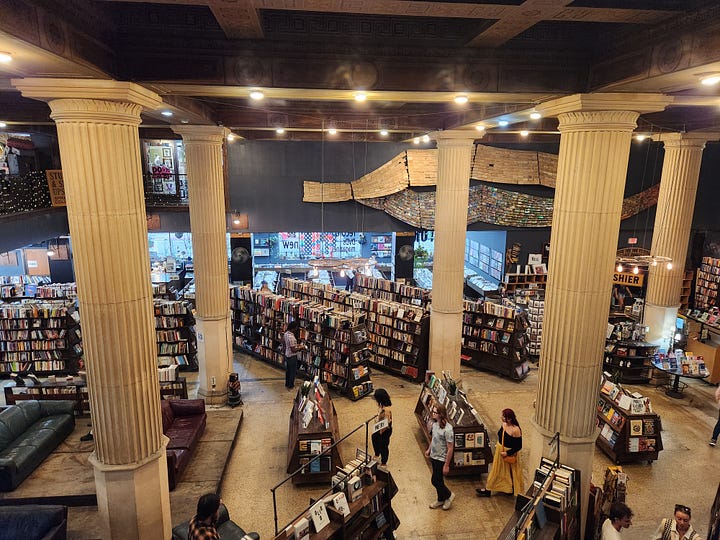
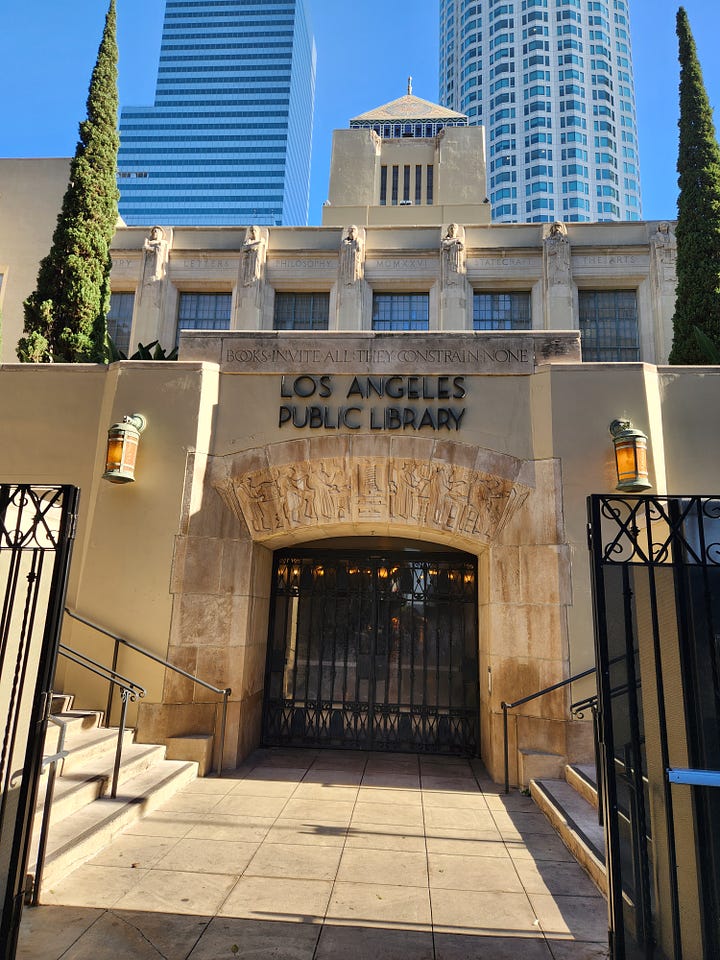
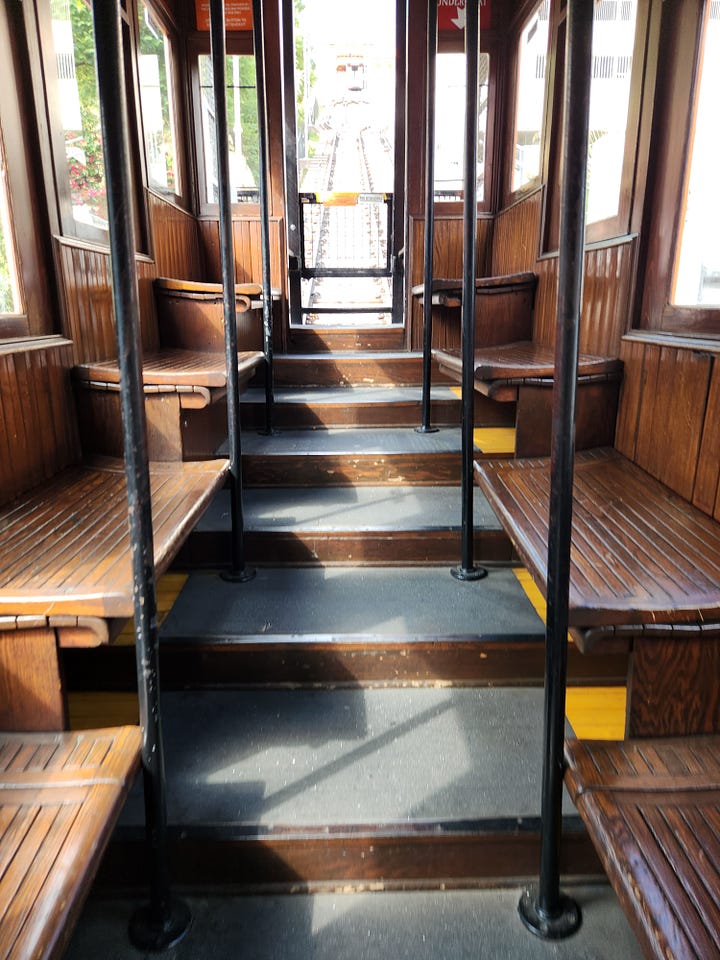
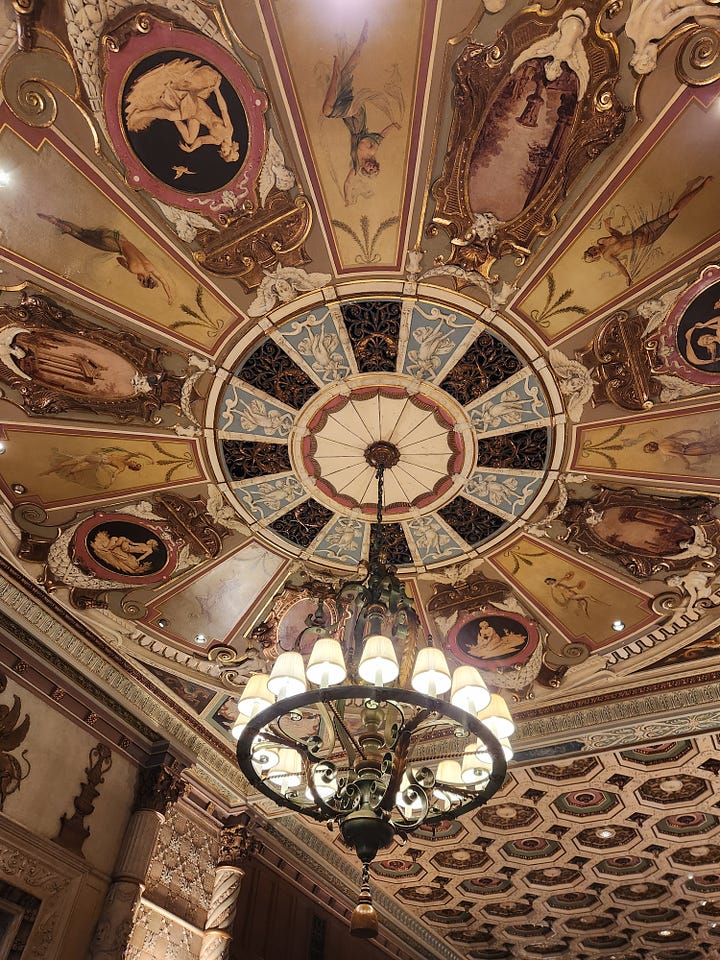
In between meetings and obligations I did meander some of the streets of downtown LA. Downtowns of big cities can seem pretty similar, too: tall buildings rising, shiny windows reflecting, people in the throes of terrible suffering. Still, I was able to see landmarks like the Biltmore and the library (subject of this magnificent book by Susan Orlean) and Angels Flight and The Last Bookstore. These reminded me that around the mundane corner can be unique things.
Closing Words
I have not written on related themes before, but I have had a series of publications appear. A couple local stories appeared last week (for birds here and for farm stands here). I also wrote a profile of a young local farm couple getting started that you can find here. And a story I started back in summer appeared; it is one I’m proud of, looking at how retired public lands employees took their skills into community service in retirement. Check it out.
As always, you can find my books, and books where some of my work is included, at my Bookshop affiliate page (where, if you order, I get a small benefit).
Taking Bearings Next Week
I return to The Library next week, so I better get reading. Stay tuned!
Pico Iyer, The Global Soul: Jet Lag, Shopping Malls, and the Search for Home (New York: Vintage, 2000), 43.
Iyer, Global Soul, 59.



